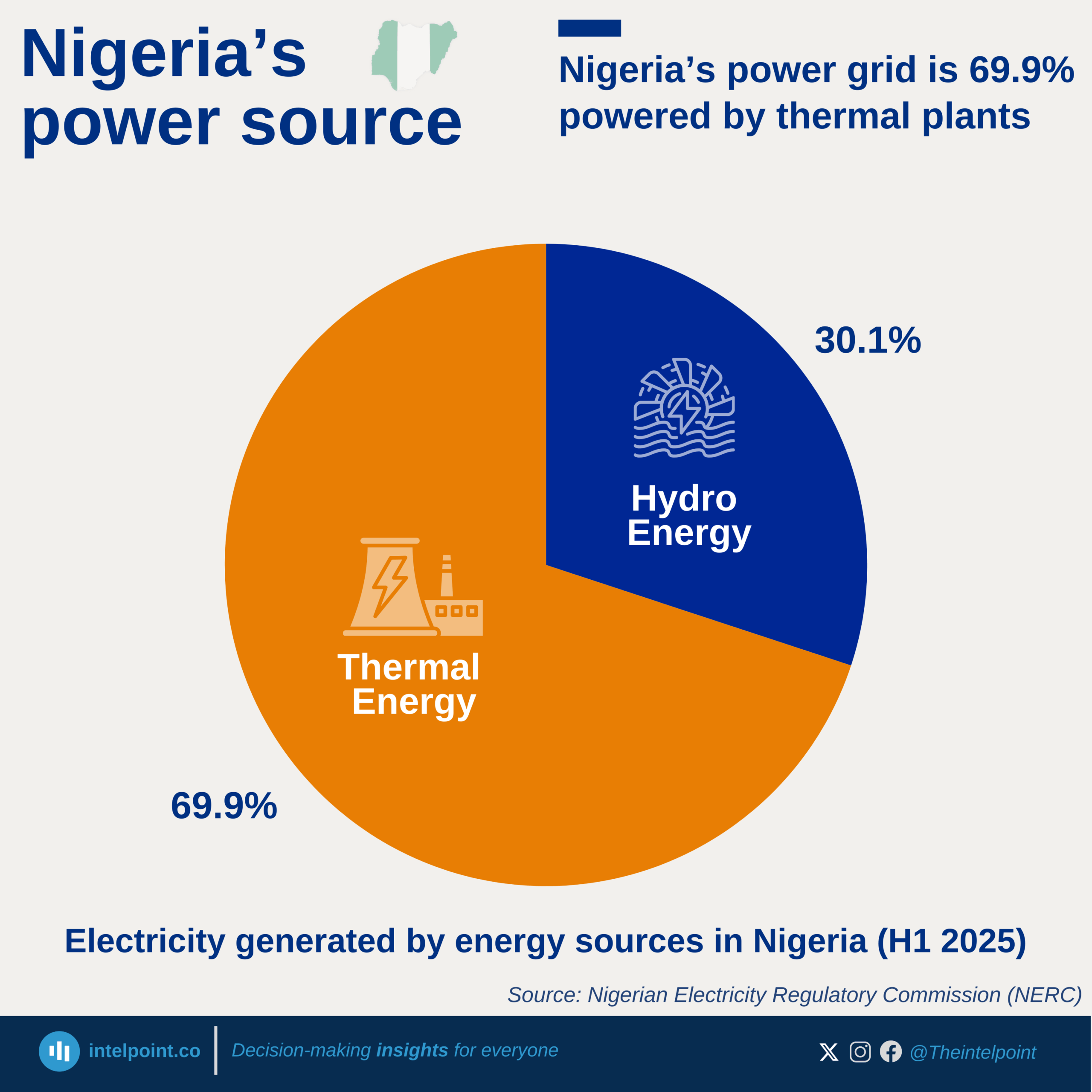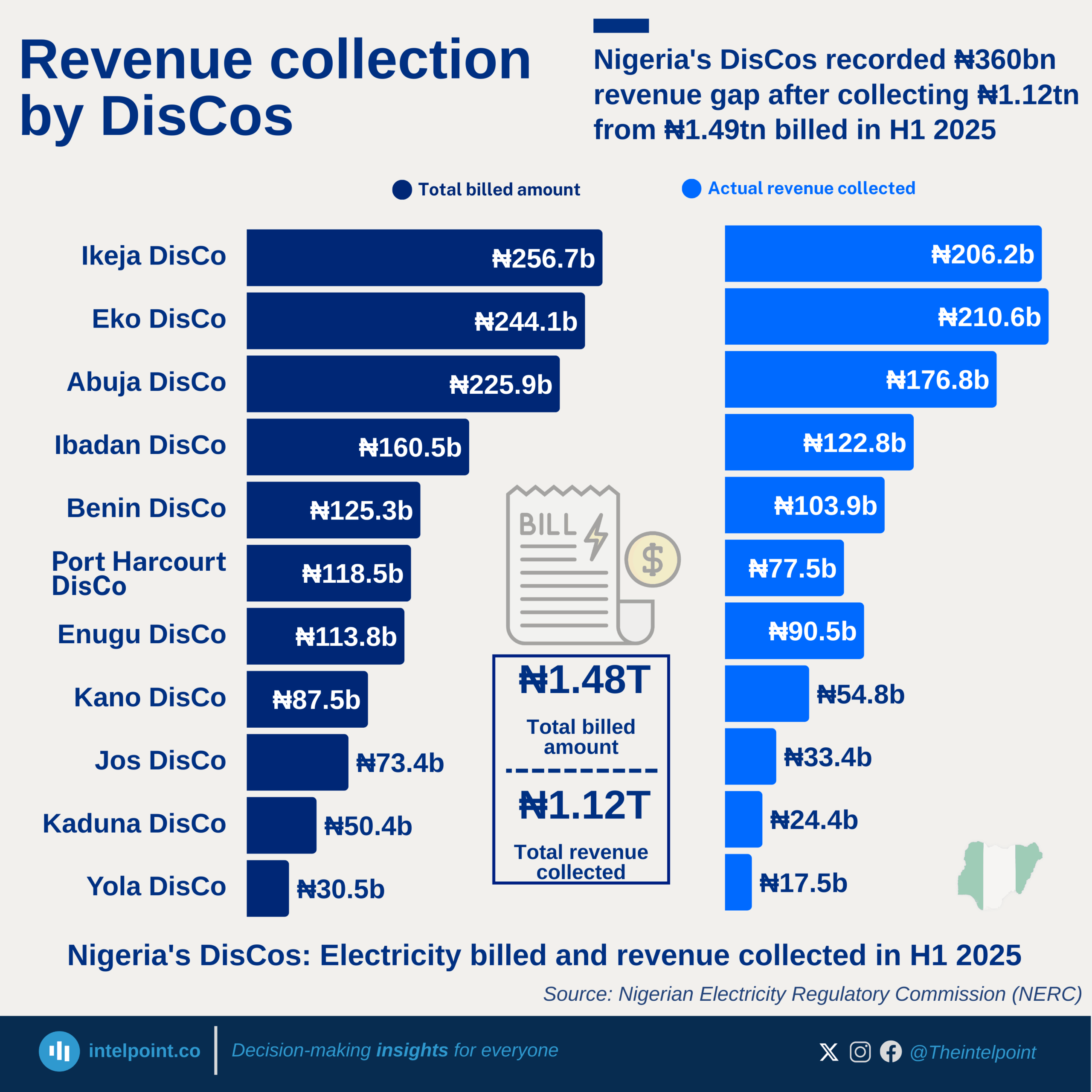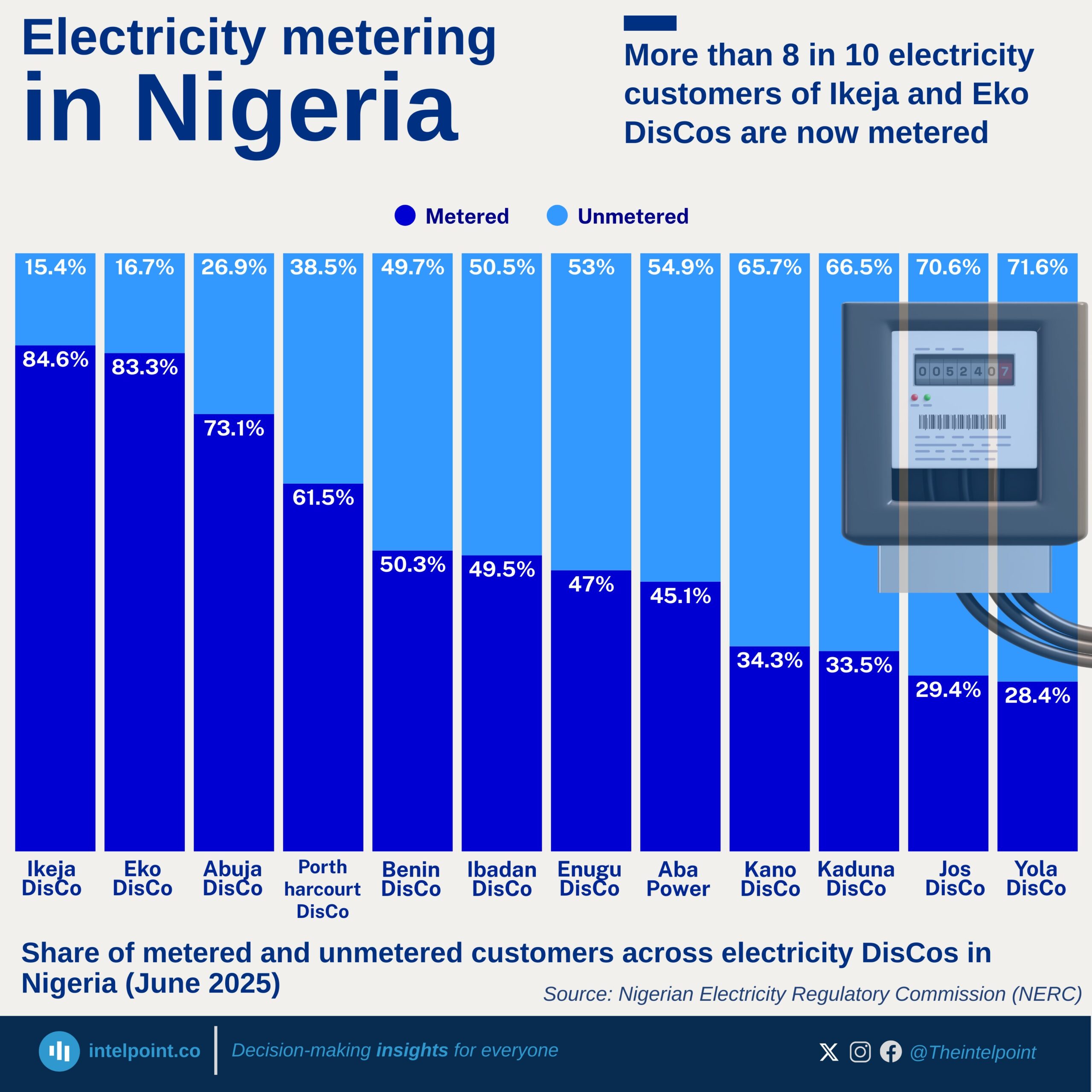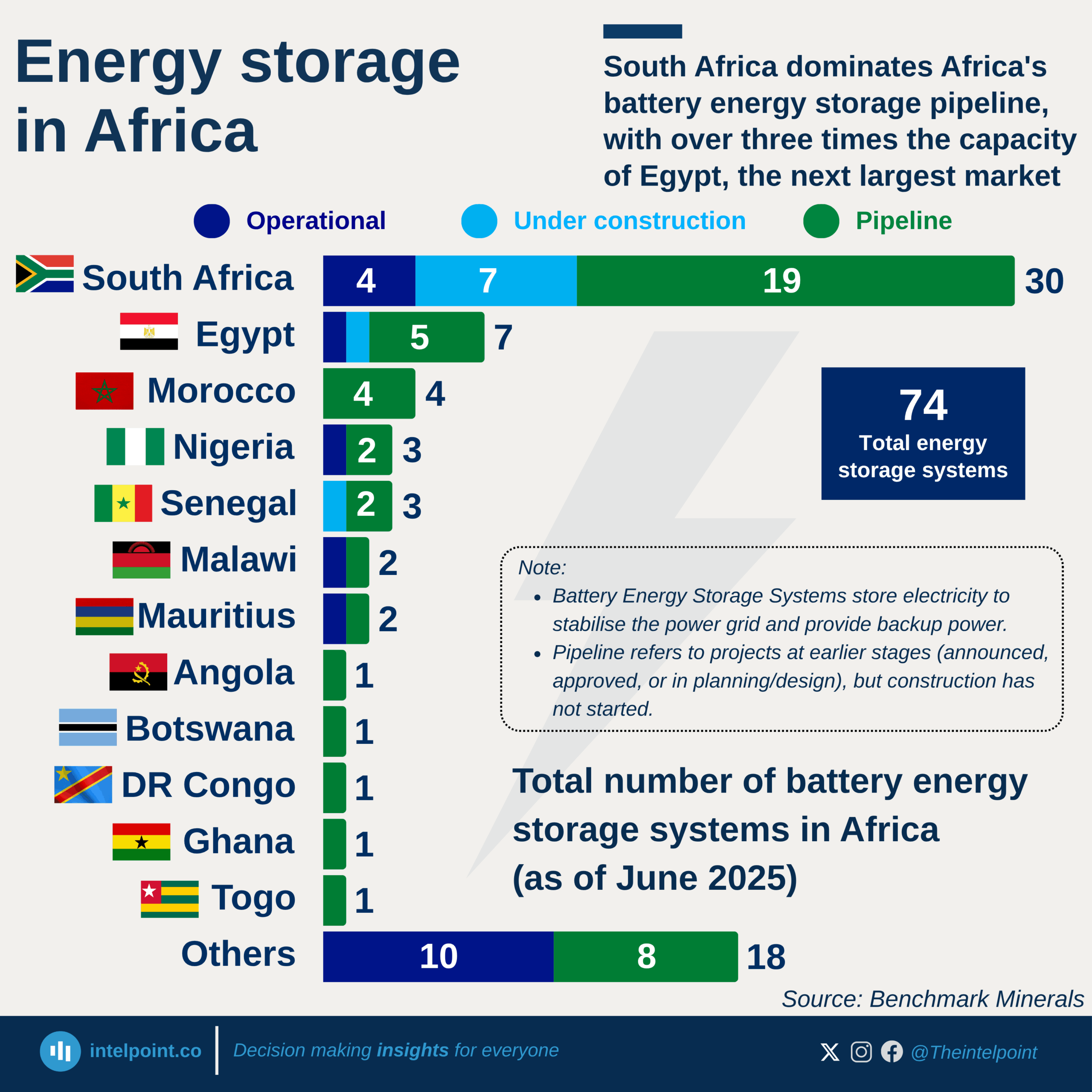Morocco has made consistent strides in expanding its renewable energy capacity over the last decade, increasing from 2.4 GW in 2015 to 4.0 GW in 2024. This represents a 67% increase, showing the country’s commitment to clean energy development. With a compound annual growth rate (CAGR) of 5.3% during this period, Morocco’s growth pattern reflects incremental progress rather than rapid expansion.
The country’s progress is a reminder that renewable energy transitions are not always dramatic leaps but often steady steps forward. Just as households gradually shift to solar panels or energy-efficient appliances, Morocco’s renewable growth shows that slow, consistent investments can still lead to meaningful change over time.
Notably, Morocco recorded its strongest annual growth in 2022, when capacity jumped from 3.1 GW to 3.6 GW — a 13.7% increase in just one year. However, the following years saw smaller gains, with capacity rising to 3.7 GW in 2023 and 4.0 GW in 2024.





